The past week has been one of remarkable revelations in science and technology, marked by advances that stretch from the edges of our solar system to the deepest layers of Earth’s gravitational mysteries. Astronomers are closing in on the origins of the interstellar Comet 3I/ATLAS, geophysicists have identified a strange gravity anomaly off the coast of Africa, and artificial intelligence researchers have taken a bold step — training algorithms to design entirely new viruses. Each of these discoveries highlights both the power and peril of modern scientific inquiry.
A New Visitor from the Stars: Tracing the Path of Comet 3I/ATLAS
Comet 3I/ATLAS, first spotted in 2019, has reignited interest in interstellar objects passing through our solar system — a rare class of travelers that includes the famous ‘Oumuamua and Borisov comets. Scientists using a global network of telescopes have now gathered enough data to model its chemical makeup and orbital trajectory.
Unlike typical comets born within our solar neighborhood, 3I/ATLAS appears to have originated in another star system entirely. Its velocity, composition, and angle of entry suggest it was ejected from a distant stellar nursery billions of years ago before making its way toward us.
Researchers believe that studying this comet could provide insight into the molecular building blocks that seeded planetary systems across the galaxy. Spectroscopic analysis has revealed traces of carbon-based molecules, frozen gases, and silicates — a chemical fingerprint similar to materials found in ancient meteorites on Earth.
“Every interstellar object is a message in a bottle,” said one astronomer involved in the study. “3I/ATLAS carries a chemical memory of the place where it was born.”
A Gravitational Mystery Beneath the Waves
While astronomers look to the skies, Earth scientists have turned their focus downward — and what they’ve found has left them puzzled. Researchers mapping variations in Earth’s gravity field have detected a massive anomaly deep beneath the ocean, off the southeastern coast of Africa.
This region, roughly the size of the continental United States, shows an unusually strong gravitational signature that cannot be easily explained by known geological processes. Some theories suggest that the anomaly may be caused by an enormous mass of denser material buried deep in the mantle — possibly remnants of an ancient planet that collided with the proto-Earth billions of years ago.
Others speculate that the anomaly could be linked to long-term convection currents within the mantle that drive plate tectonics. If confirmed, it could reshape scientists’ understanding of how continents drift and how massive impacts shaped our planet’s early history.
The discovery has also reignited discussion about the “African Superswell,” a region known for its unusual topography and deep-mantle dynamics. Geologists hope to deploy new instruments in the coming year to measure seismic activity and gravitational gradients in greater detail.
Artificial Intelligence Creates New Viruses — for Science
Perhaps the most controversial breakthrough of the week came from a team of bioengineers and AI specialists who revealed that they had trained an artificial intelligence model to design new viral structures. While this research was conducted under strict laboratory controls, the revelation sparked both fascination and alarm among experts.
The AI system was given the task of analyzing viral genomes and predicting mutations that could make them more stable or effective at infecting certain cell types. The goal, according to researchers, was to accelerate vaccine development and improve understanding of how viral evolution occurs.
However, this experiment also highlights the growing concern about AI’s dual-use potential — its ability to create both beneficial medical tools and potentially dangerous biological blueprints. Biosecurity experts have called for stronger global oversight of AI systems capable of generating biological data.
“The technology itself isn’t evil,” said one researcher. “What matters is who uses it and for what purpose. We need international safeguards before this kind of tool becomes widely accessible.”
A Week That Redefines the Frontier of Science
Taken together, these discoveries underscore how rapidly humanity’s reach is expanding — outward into the cosmos, inward into the Earth’s core, and even into the molecular code of life itself.
Each revelation pushes the boundaries of what we know, but also challenges society to think carefully about how such knowledge is used. From tracing the birthplaces of alien comets to uncovering the deep architecture of our own planet and the hidden power of artificial intelligence, the past week has demonstrated that scientific exploration remains as thrilling — and as sobering — as ever.

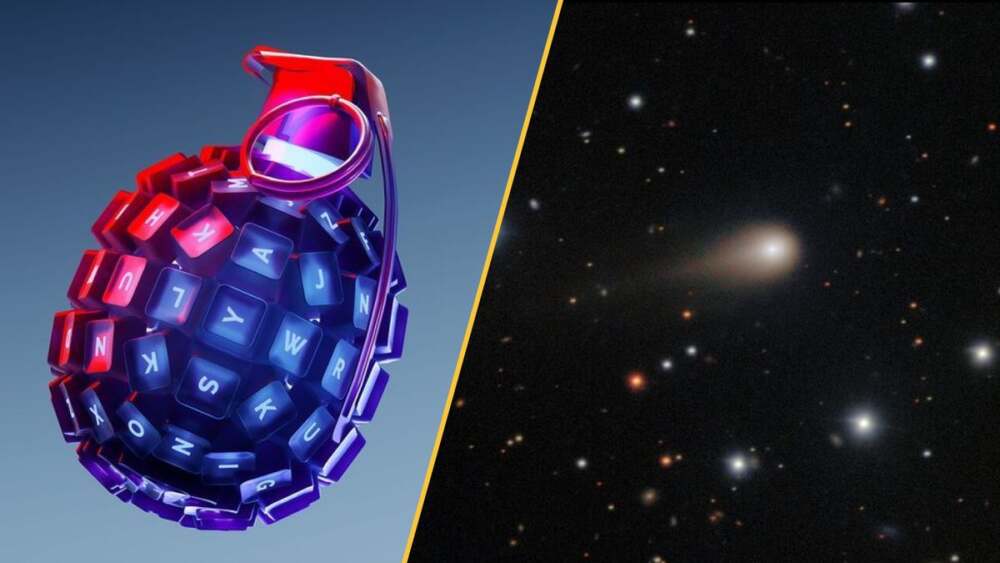
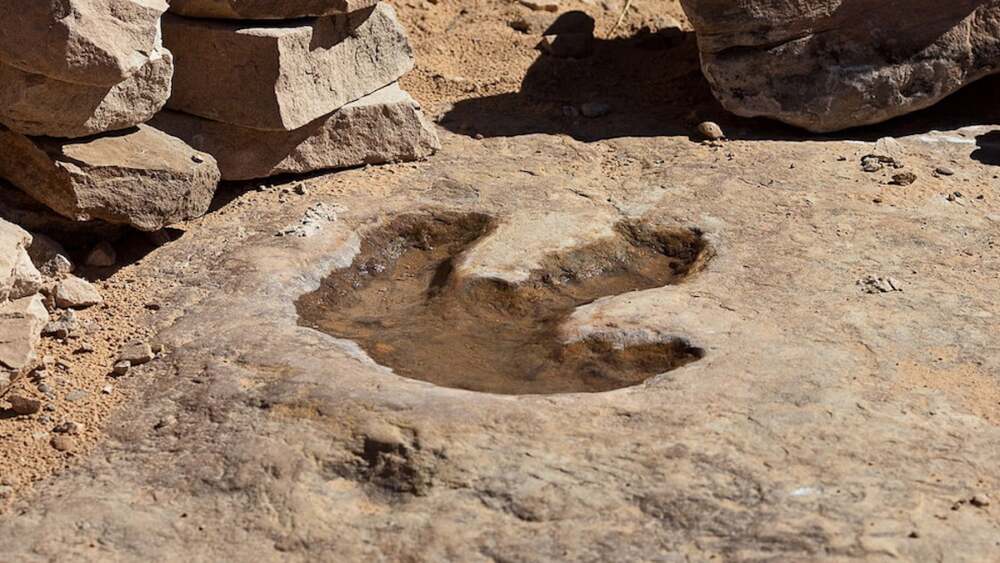

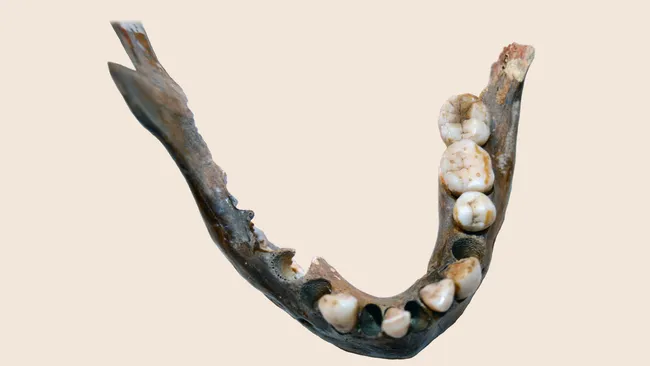

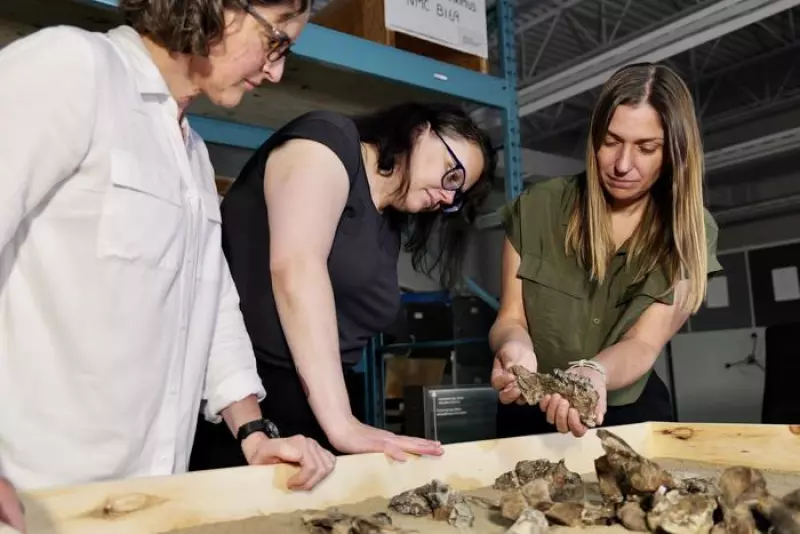
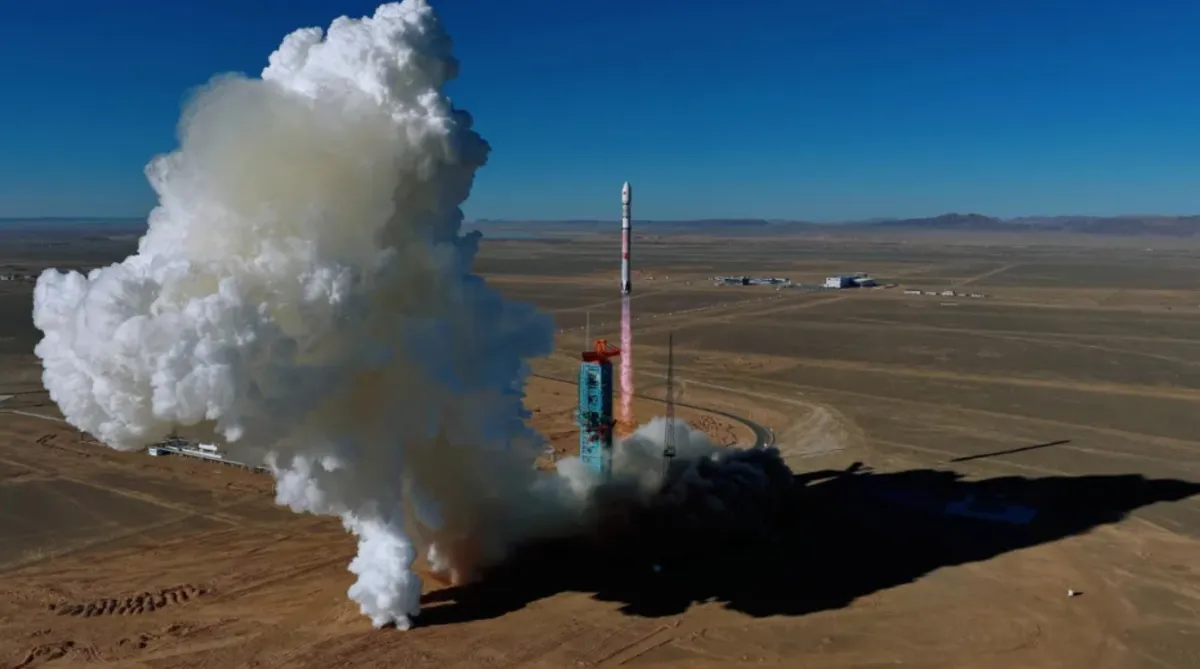
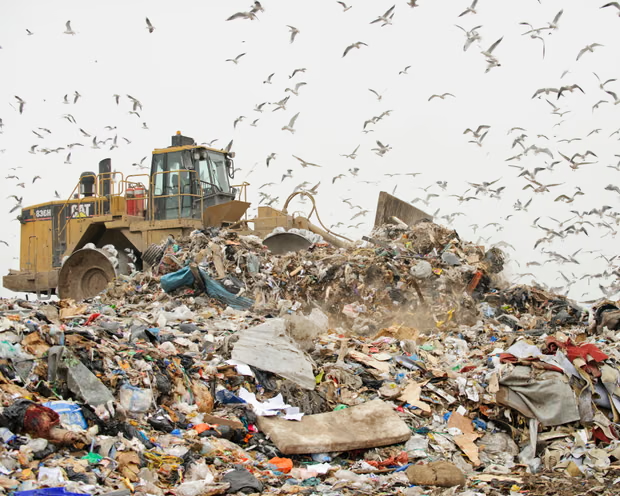

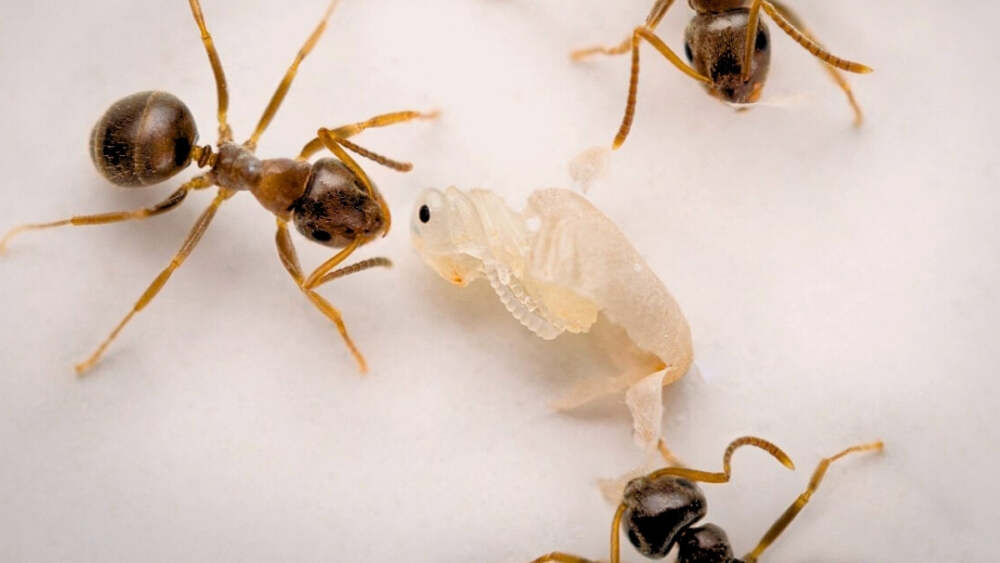
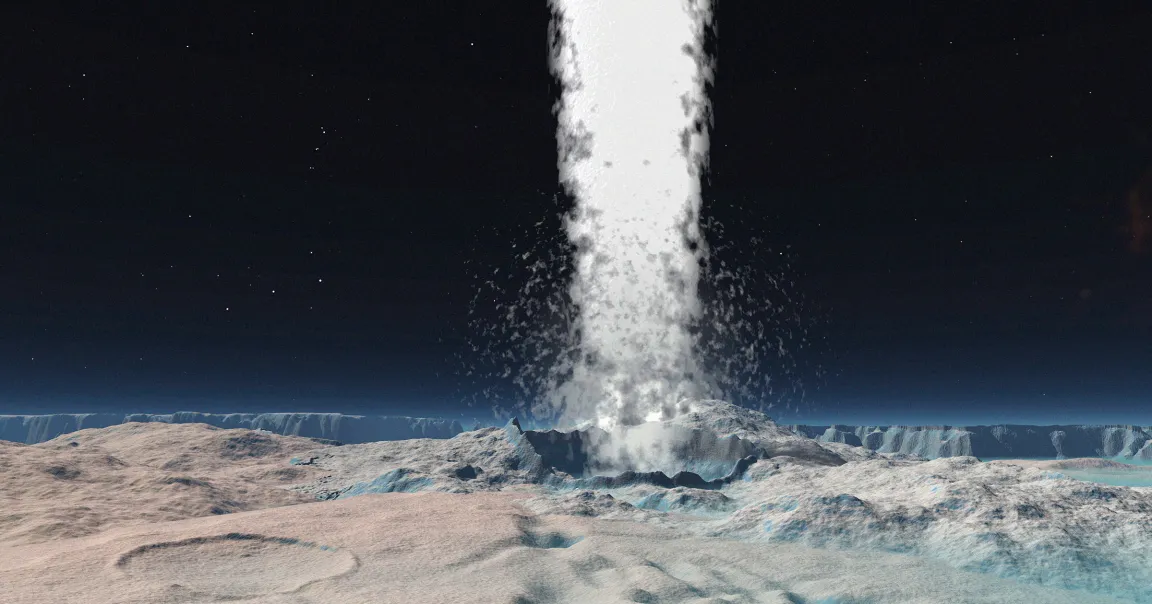




Leave a Reply